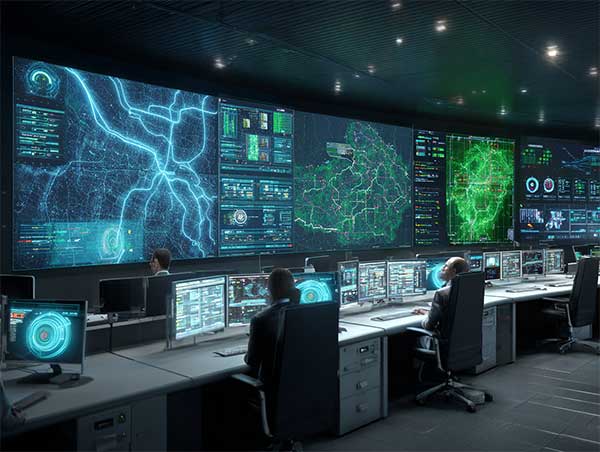Triage Copilots Case Study.
AI-augmented support for emergency departments.

All visuals are AI-generated for illustrative purposes.
AI-augmented support for emergency departments.

In 2025, EverSphere deployed Triage Copilots across partner hospitals in the US, UK, and Singapore.
By combining live patient data streams, risk-scoring models, and administrative automation, the copilots reduced intake paperwork time by 38%, improved triage accuracy, and preserved full clinician authority.
Built on EverSphere’s empathetic intelligence (Milo) and optimisation frameworks (Kai), the copilots act as AI-augmented teammates in high-pressure medical environments.
Geographies: US, UK, Singapore (expansion pending across wider hospital systems).
Triage Copilots provide a unified, predictive layer that supports clinicians without replacing them.
“Emergency departments are among the most demanding environments on Earth. Triage Copilots give clinicians clarity and time to focus where it matters most.”
Platform moves to select‑partner roll‑out across energy and health, supported by independent assurance and red‑team coverage.
Decision engine hardened with policy‑constrained planning and full audit trails; restricted trials commence with critical‑infrastructure partners.
Milo and Kai complete an extended closed‑box communication study; ShadowIntel undergoes evaluation in live training and operational scenarios.
Admin Overload
Manual intake forms, duplicated entries, time lost to paperwork
Triage Pressure
Overcrowded EDs, variable patient acuity, risk of missed critical cases
Staff Buronout
Cognitive overload, long shifts, fragmented handovers, rising attrition
The Problem
Emergency departments worldwide face a convergence of structural pressures: rising patient demand, increasing administrative load, and a growing shortage of frontline staff.
Clinicians are often forced to spend more time on forms and coding than on patients, while triage decisions rely on overstretched judgement under extreme pressure. The result is delayed care, uneven prioritisation, and avoidable risks.
Traditional EHRs and digital tools only digitise the paperwork; they do not provide the real-time prioritisation, risk signalling, or workload relief that modern emergency care requires.